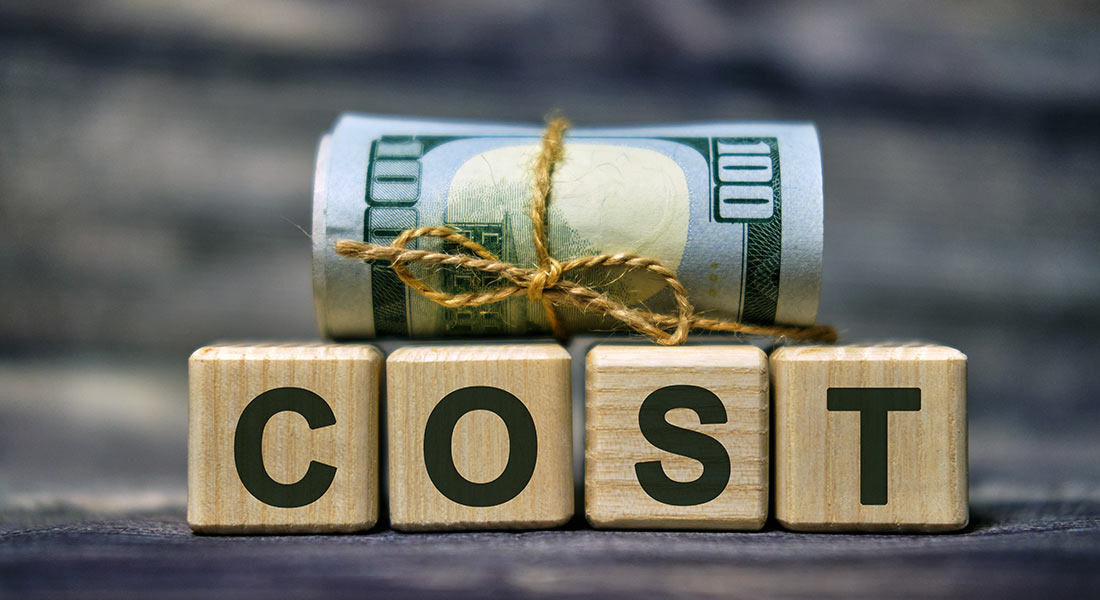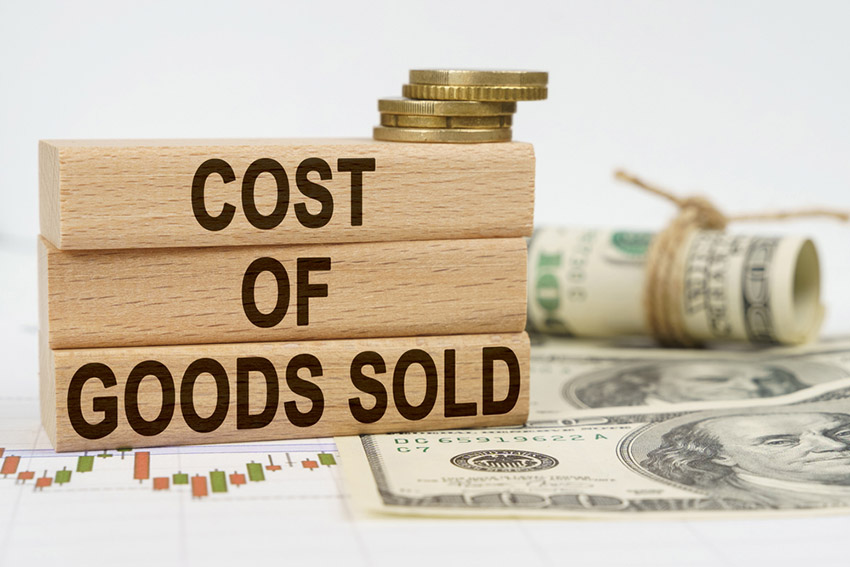Painstaking Lessons Of Tips About Forecasting Cost Of Goods Sold Income Tax Balance Sheet Format For Individual

It includes material cost, direct labor cost, and direct factory overheads, and is directly proportional to revenue.
Forecasting cost of goods sold. Cost of goods sold and gross profit forecast. Thus, we will forecast cost of goods sold at 50% of sales in the first nine months and increase it to 52% in the last three months of the year. Cost of goods sold (cogs) refer to the inventory costs of the goods a business has sold during a particular period.
However, we know that the landlord is increasing rent by $50 starting on july 1. The cost of goods sold (cogs) includes raw materials, direct labor, and overhead costs used in producing the goods. It is an essential measure of profitability and reflects the expenses directly associated with producing goods and services.
Cost of goods sold (cogs) is the direct cost of a product to a distributor, manufacturer, or retailer. Costs that will remain relatively stable upon a change in quantity sold, like store rent, since rent is usually not very dependent on the revenues of the store. Sales revenue minus cost of goods sold is a business’s gross profit.
Cost of goods sold best practices Why cost of goods sold is important; Cost of goods sold:
That’s why you need a gross profit margin that can deliver that success. If the cogs formula is confusing, think of it this way. Written as a formula, it is:
Cogs is directly related to sales and forecasted as a percentage of sales. Almost always, you will forecast cost of goods sold as a percentage of the corresponding sales category. Historical data on a company’s cogs as a percentage of sales provides a starting point for estimates.
The gross sales margin is that amount actually generated by your sales to pay for your operating and financing costs. The cost of goods sold (cogs) is the cumulative total of direct costs incurred for the goods or services sold, including direct expenses like raw material, direct labour cost and other direct costs. How is cogs different from cost of revenue and operating expenses;
The cost of goods sold is considered an expense in accounting. The goal is to estimate future costs in order to price products and services correctly, budget for inventory, and make other strategic decisions. As revenue increases, more resources are required to produce the goods or service.
Cost of goods sold (cogs) atau yang dikenal sebagai harga pokok penjualan (hpp) adalah komponen biaya produksi yang perlu diperhitungkan dalam bisnis. How to calculate the cost of goods sold (cogs) cogs and inventory; To do this, subtract the cost of goods sold from your revenue.
There are two ways to calculate cogs. Costs include all costs of purchase, costs of conversion, and other costs incurred in bringing the inventories to their present location and condition. Now, if your revenue for the year was $55,000, you could calculate your gross profit.









![Cost of Goods Sold [Basics Explained & Made Easy]](https://learnaccountingskills.com/wp-content/uploads/2023/02/cost-of-goods-sold-explained.jpg)








